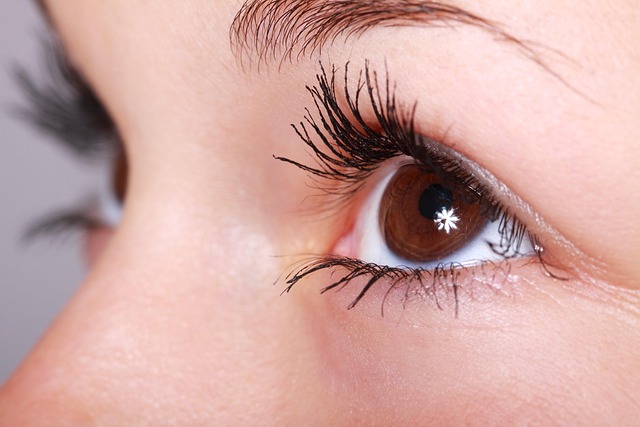Skin tags, medically known as acrochordons, are small, soft growths commonly found in areas of friction. They can be cosmetically distressing and prompt individuals to seek Skin Tag Removal Bradford methods. Different types include acral and angioma (hemangioma) tags. Home remedies for removal include apple cider vinegar, duct tape, salicylic acid, and essential oils. Prevention involves keeping skin clean, dry, and avoiding friction, with regular self-exams for early detection. If a tag becomes painful, infected, or changes in appearance, consult a dermatologist specializing in Skin Tag Removal Bradford services.
Skin tags, those small, soft skin growths, are common but often unsettling. This guide explores effective ways to treat skin tags at home, offering a comprehensive approach to understanding and managing this condition. From identifying causes and various types to safe removal methods and preventive measures, we cover it all. Learn the best practices for Skin Tag Removal Bradford has to offer, empowering you with knowledge and peace of mind.
- Understanding Skin Tags: Causes and Types
- Home Remedies for Safe and Effective Removal
- Prevention and When to Seek Professional Help
Understanding Skin Tags: Causes and Types
Skin tags, also known as acrochordons, are small, soft skin growths that typically appear in areas where skin rubs against itself, such as the neck, armpits, or groin. They are usually harmless and often go unnoticed, but some individuals may find them cosmetically distressing and seek Skin Tag Removal Bradford methods.
There are several types of skin tags, including acral and angioma. Acral skin tags are most common and can occur anywhere on the body, while angioma tags, also called hemangiomas, are usually found on the face or neck. Understanding these causes and variations can help individuals make informed decisions about treating them at home.
Home Remedies for Safe and Effective Removal
When it comes to skin tag removal in Bradford, home remedies offer a safe and effective alternative to medical procedures. Many natural treatments have proven successful in eliminating skin tags without causing any side effects. One popular method involves using apple cider vinegar. Soaking the affected area in a mixture of equal parts apple cider vinegar and water for 15-20 minutes daily can help dissolve the skin tag over time. Alternatively, applying duct tape can be an easy and painless option. Secure a small piece of duct tape over the skin tag for several days, replacing it as needed, until the tag detaches naturally.
Another effective home remedy is using salicylic acid, commonly found in over-the-counter acne treatments. This ingredient helps exfoliate the skin and can gently remove skin tags. Simply apply a thin layer of salicylic acid to the tag and surrounding area, following the product instructions for best results. Additionally, essential oils like tea tree oil possess anti-inflammatory properties that can aid in reducing the appearance and size of skin tags. A few drops mixed with a carrier oil and gently massaged into the tag can offer soothing relief and potentially speed up the removal process.
Prevention and When to Seek Professional Help
Skin tags are generally harmless, but some people may find them unsightly or uncomfortable. While many over-the-counter remedies and at-home treatments can help remove skin tags, prevention is always the best approach. Keeping the skin clean and dry and avoiding friction or irritation can help reduce the likelihood of developing new tags. Regularly checking your skin for any changes or unusual growths is also essential, as it allows for early detection and intervention.
If a skin tag becomes painful, infected, or changes in size or color, it’s time to seek professional help. A dermatologist in Bradford can offer effective and safe removal options tailored to your specific needs. Skin Tag Removal Bradford services are accessible, ensuring you can address any concerns promptly and discreetly.
When it comes to skin tag removal in Bradford, understanding these benign growths and knowing the best at-home treatments is empowering. The mentioned strategies offer safe, effective solutions for many. However, if tags persist, cause discomfort or concern, consulting a dermatological professional is advised. Remember, proper prevention and timely intervention are key to maintaining healthy, smooth skin.
